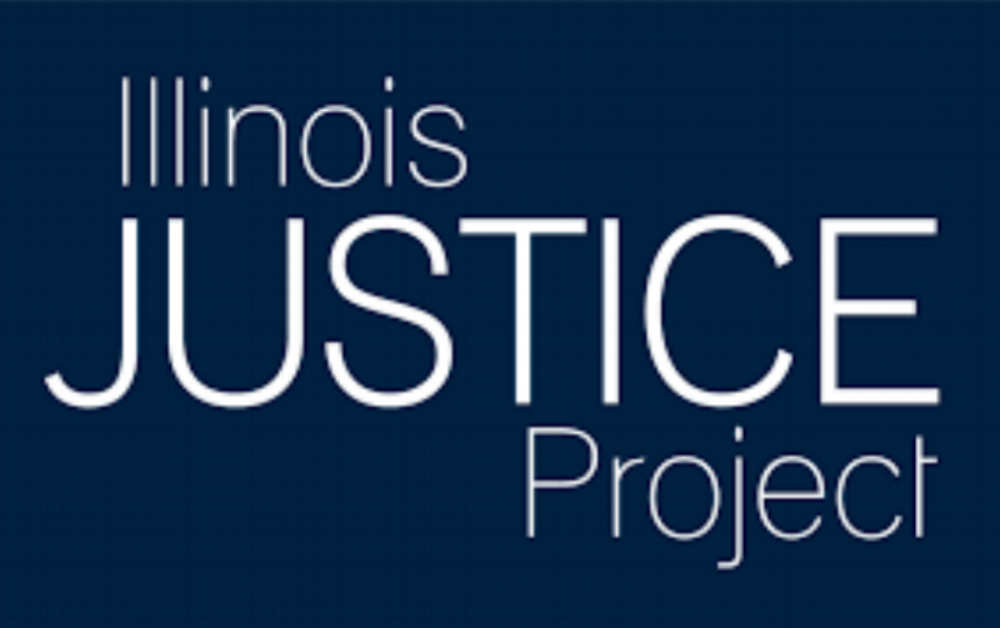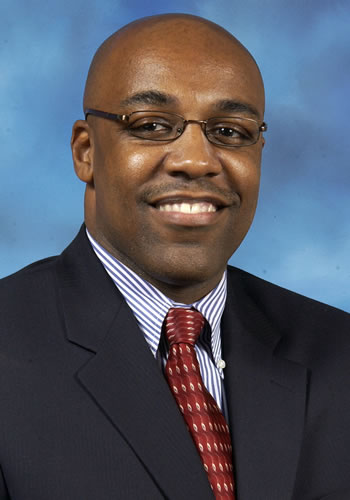VI. Gun Violence Prevention
Gun violence in urban areas across the state continues to reach crisis levels. While Illinois has had a vibrant debate on the effectiveness of increasing sentencing for possession of guns by repeat gun offenders, nearly everyone on both sides of that debate agrees that we must do more than increase criminal sentencing penalties to see significant safety improvements.
Stemming the tide of illegal guns into victimized communities is commonly identified as a key priority in stopping gun violence. A closer examination of urban gun violence reveals that many young men and boys on the path to violence have themselves been victims. The lines continue to blur between perpetrator and victim in the urban gun violence context.
As Attorney General, what would you do to improve our state’s efforts in preventing gun violence? What would you do differently from the current Attorney General to stem the flow of illegal guns into communities hit hard by gun violence?
Given that the Attorney General’s Office is a major stakeholder in supporting crime victims and that, in the past, support has largely gone to a non-diverse set of victims of crime, how might you as Attorney General support broadening the idea of who is a crime victim in order to break the cycle of violence?
Kwame Raoul
Kwame Raoul
I would use the Attorney General’s bully pulpit to call for policies that target gun trafficking, and I would follow the lead of New York’s attorney general, who used firearm tracing data obtained from federal law enforcement to learn more about the pipeline by which guns were entering that state from other states and being sold for use in crimes. We already know that a large minority of guns used in crimes in Illinois are trafficked across state lines rather than originally being purchased in-state, where gun regulations are stricter than in several of Illinois’ neighbors. While many are focused on assault weapons, and while I do support banning these types of firearms, it is important to note that the vast majority of crimes are committed using other kinds of guns, including handguns; trafficking, not just bans, must be part of the violence reduction strategy.
We cannot solve the problem of gun violence and illegally obtained guns alone; Illinois must engage with local and federal authorities and with other states to trace guns, cut off pipelines of illicit trafficking and hold accountable those who are intentionally trafficking guns to individuals not authorized to possess them.
Crime victim assistance dollars must be distributed in an evidence-based manner so as to benefit the people, populations and communities most profoundly affected by the trauma of violent crime. Addressing the equity and effectiveness of crime victims’ resource allocation will be one of my first and primary priorities as Attorney General.
By ushering resources to the communities most traumatized by the epidemic of violent crimes, we can interrupt the cycle that normalizes violence and can lead to victims becoming retaliatory offenders.
I will also bring to fruition the pilot trauma center program I pushed for in the General Assembly in order to address the trauma stemming from the violent crime that ravages already under-resourced communities. I believe we must follow where the evidence on untreated trauma leads and establish policies that do not merely respond to gun violence, but prevent it by addressing its underlying causes.
Erika Harold
Erika Harold
My approach to preventing gun violence would be determined by the type of gun violence being addressed (i.e., violence within schools, gang-related violence, domestic violence, etc.), as it is essential to adopt policies and reforms that are driven by best practices specific to the particular type of violence being targeted. I would support: (1) the allocation of additional resources to law enforcement to enhance their community policing efforts; (2) the creation of additional after school programs and job opportunities for young people in communities affected by violence; (3) the allocation of additional resources to fund social workers who serve as violence interrupters in communities affected by violence; (4) the implementation of violence prevention programs within schools; (5) proper enforcement of Illinois laws pertaining to possession of guns by those who pose a “clear and present danger” and those who are the subject of protective orders; and (6) restrictions on bump stocks. Additionally, I will continue to review all options available to the Office of the Attorney General to help combat violence in Illinois.
As someone who has been the victim of harassment and understands the feeling of being powerless, I am dedicated to fighting for those who need a champion and broadening the scope of those who receive support from the Attorney General through the crime victims services division. One specific category of individuals to whom this concept applies is victims of harassment in schools, as unchecked harassment is a contributor to violence within schools.
I have been a national advocate for measures to protect students from harassment in schools, speaking to more than 100,000 students about the consequences of bullying and discussing peer-to-peer harassment on numerous television shows, including Good Morning America, The Today Show, CNN Headline News, and PBS’s Emmy award-winning teen series In The Mix. I also have delivered presentations to school administrators, legislators, teachers and parents regarding the best practices for protecting students from bullying. In recognition of this advocacy, I was named one of Fight Crime, Invest in Kids’ “Champions for Children” and received a leadership award from the National Center for Victims of Crime. As Attorney General, I will continue to work to protect students from cyberbullying and harassment in schools, mobilizing students to stand up against bullying, advising parents regarding warning signs of bullying, and ensuring that schools have adopted and implemented anti-bullying policies.


